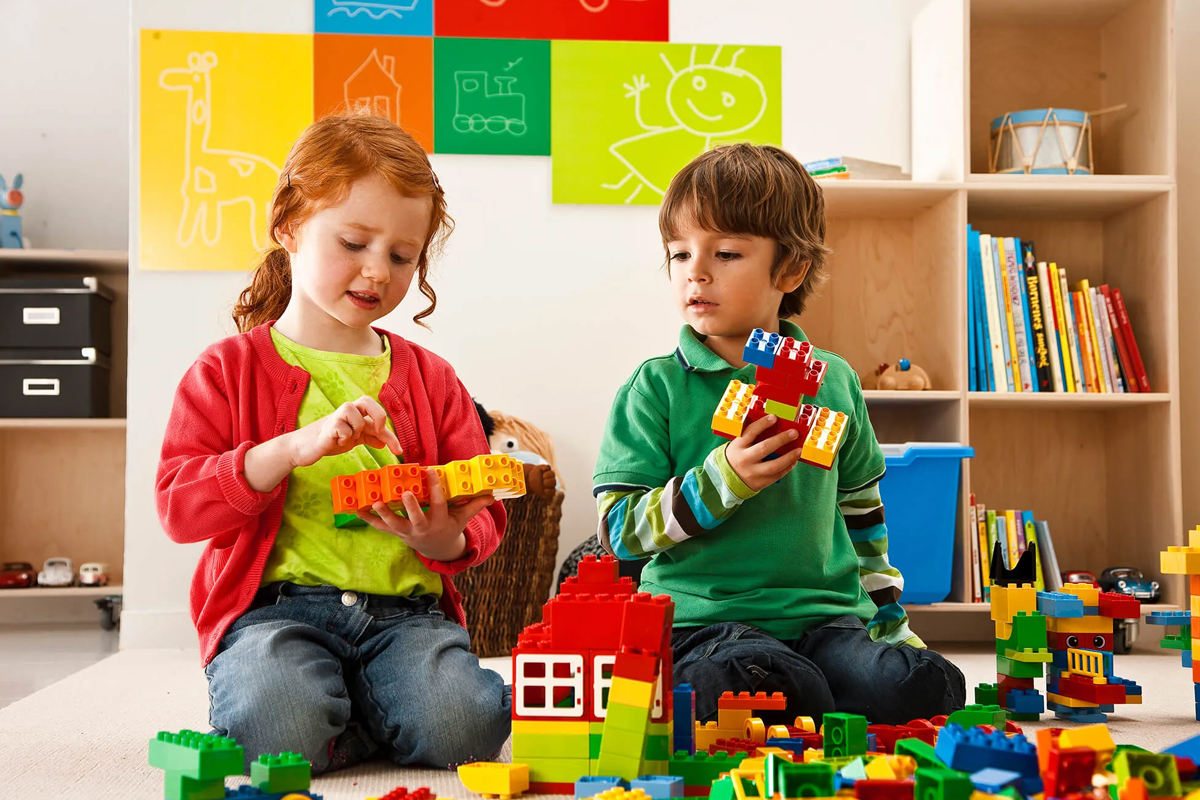Educational toys help a child learn about the world, develop thinking, coordination, imagination, and motor skills. However, with so many toys on store shelves, it’s sometimes challenging for parents to determine which ones are genuinely beneficial for the child. Let’s explore how to choose toys that will offer the most developmental value.
Consider Age and Developmental Stages
Each stage of a child’s development requires different skills, and toys should be chosen to match the child’s current interests and abilities.
For Children Aged 0 to 3 Years
For children under one year, toys that develop sensory and motor skills are best. These could include soft rattles, musical toys, and colorful textured mats. Such toys stimulate vision, hearing, and tactile sensations, which are crucial in the first year of life. For toddlers from one to three years, simple building blocks, stacking rings, shape sorters, and large puzzles are engaging; they develop fine motor skills, coordination, and spatial thinking.
For Children Aged 3 to 5 Years
When a child gets older, around three to five years, you can introduce more complex toys: construction sets with small parts, board games, creative sets, and interactive books. At this age, role-playing toys, like doctor kits, cooking sets, or toolkits, are also beneficial as they foster imagination and communication skills. It’s essential to remember that toys should align with the child’s developmental pace, as all children are different and their interests evolve at different rates.
Choose Toys That Develop Various Skills
A good educational toy is one that helps develop multiple skills at once. For instance, creative sets develop fine motor skills and stimulate imagination and creative thinking. Construction sets teach children the basics of engineering and help develop logic and spatial thinking.
Puzzles, Blocks, and Musical Toys
For younger children, toys like puzzles teach them to see the big picture and develop logical thinking. Soft blocks or stacking rings enhance coordination and fine motor skills. Musical toys, xylophones, drums, or interactive sound books promote auditory and rhythmic development, helping the child explore the world of sounds.
Role-Playing Games
Role-playing is crucial for child development, as it helps the child develop social and communication skills. Toy kitchens or toolkits allow the child to mimic adult activities and better understand the world around them.
Additionally, these games foster empathy and imagination, as the child learns to understand the feelings and motives of others by acting out role-play scenarios.
Safety and Quality of Toys
Young children tend to put everything in their mouths, so it’s essential to choose toys made from high-quality, non-toxic materials that won’t harm the skin or mucous membranes upon contact. Always check for labels that confirm the toy meets safety standards.
Small Parts and Toy Maintenance
For very young children, avoid toys with small or sharp parts that they could accidentally swallow or hurt themselves with. Toys should be durable enough to withstand potential drops and knocks.
Also, consider ease of cleaning. Children’s toys often get dirty, so it’s best to choose ones that are easy to clean or wash. This is important not only for hygiene but also for the toy’s longevity.
Avoid Overly “Smart” Toys
Modern technology offers many toys with electronic features: interactive robots, kids’ tablets, and other gadgets. However, too many of these “smart” toys can negatively impact a child’s development.
Active Child Participation
Studies show that traditional toys requiring active engagement lead to more comprehensive skill development. Unlike interactive toys, which often do much of the work for the child, classic toys encourage the child to think, solve problems, and experiment.
If you choose an interactive toy, ensure it truly promotes learning and development, rather than merely entertaining the child. For example, a robot that teaches the basics of programming or counting can be a good choice if it requires the child to engage actively rather than passively observe.
When selecting educational toys, remember that play is a natural way for children to learn about the world. The more varied skills they can develop through toys, the more confident and successful they will be in the future.


